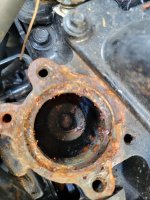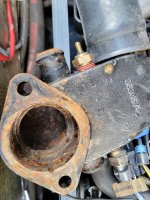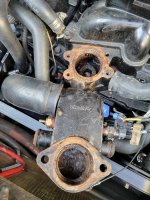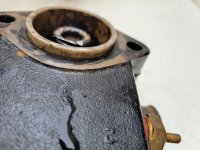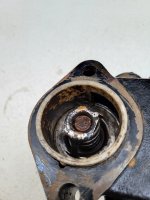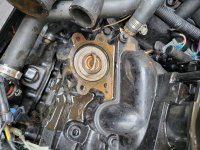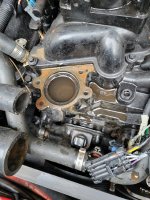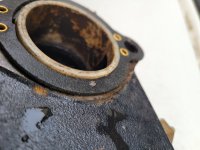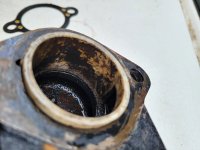Hello. I removed the thermostat last fall during winterization, and now I wanted to install the new one, but the hole inside it look extremely dirty. Looks like grease and mud, not exactly sure. I didn't notice it previously, because it was full of water (or antifreeze) previously.
Attached are the pictures. Is there some method to clean it before I install the new thermostat? Or I just ignore it?
Thanks
Attached are the pictures. Is there some method to clean it before I install the new thermostat? Or I just ignore it?
Thanks




















